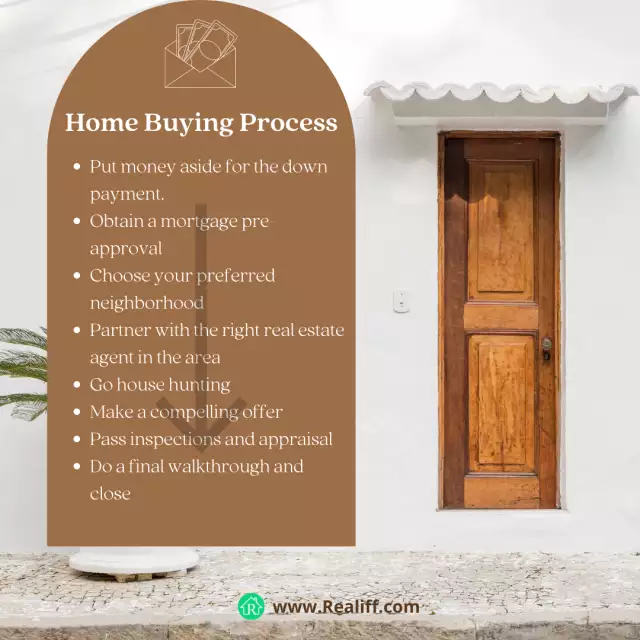Exploring the Benefits and Considerations of Living in a Single-Family Home
Exploring the Benefits and Considerations of Living in a Single-Family Home
Single-family housing is a term used to describe a type of residential property that is designed for use by one family or household. Single-family homes can come in many different styles, sizes, and configurations. They can be found in urban, suburban, and rural areas, and can be made from a variety of materials.
In this guide, we will explore the different aspects of single-family housing, including design and architecture, the real estate market, construction and maintenance, community and neighborhood, and living in a single-family home.
Design and Architecture
The design and architecture of single-family homes can vary greatly depending on the region, the intended use, and the personal preferences of the owner. Some popular architectural styles for single-family homes include Colonial, Victorian, Craftsman, Ranch, and Contemporary.
When designing a single-family home, it is important to consider interior design as well. The layout of the home should be functional and efficient, with enough space for each member of the family. Elements such as lighting, color, and texture can all contribute to the overall ambiance of the home.
Landscaping is also an important consideration when designing a single-family home. The outdoor space should be functional and aesthetically pleasing. This can include features such as gardens, patios, and outdoor living spaces.
Finally, energy-efficient design is becoming increasingly popular in the construction of single-family homes. This can include the use of energy-efficient windows, insulation, and heating and cooling systems.
Real Estate Market
The real estate market for single-family homes is a dynamic and constantly evolving landscape that can be influenced by many different factors. Some of the key elements that can affect the real estate market include:
Economic Conditions:Economic conditions, both locally and nationally, can play a significant role in the real estate market for single-family homes. Factors such as interest rates, employment rates, and inflation can all influence home prices and demand.
Location:Location is a crucial factor in the real estate market for single-family homes. Properties located in desirable areas such as near good schools, parks, and public transportation can be in high demand and command a higher price. Additionally, properties located in areas with low crime rates and good infrastructure can also be attractive to buyers.
Supply and Demand:The balance between supply and demand can also play a major role in the real estate market for single-family homes. When there are more buyers than homes available for sale, prices can rise. Conversely, when there are more homes available than buyers, prices can fall.
Seasonal Trends:Seasonal trends can also affect the real estate market for single-family homes. For example, the spring and summer months are typically busier than the winter months, as families often prefer to move during the warmer weather and before the school year begins.
Government Policies:Government policies, such as changes to tax laws or regulations, can also impact the real estate market for single-family homes. For example, changes to mortgage interest deductions or property tax deductions can affect the demand for homes and influence prices.
When buying or selling a single-family home, it is important to be aware of the current state of the real estate market. Buyers may want to work with a real estate agentwho has knowledge of the local market and can help them find homes that fit their needs and budget. Sellers may want to work with a real estate agent who can provide guidance on pricing their home competitively and marketing it effectively. Ultimately, staying informed about the real estate market can help buyers and sellers make informed decisions and achieve their goals.
Construction and Maintenance
Building a single-family home can be a complex process that involves many different steps. This can include obtaining permits, hiring contractors, and selecting materials for the home.
Materials used in single-family home construction can vary depending on the region and the personal preferences of the homeowner. This can include materials such as wood, brick, stone, and concrete.
Maintenance and repairof a single-family home is also an important consideration. This can include routine maintenance such as cleaning gutters and changing air filters, as well as larger repairs such as fixing leaks or replacing a roof. Home renovation and remodeling can also be popular options for homeowners looking to update their homes.
Community and Neighborhood
The community and neighborhood in which a single-family home is located can also be an important consideration. Zoning laws for single-family homes can vary depending on the region and may restrict certain activities such as running a business out of your home.
Single-family home developments can also be popular in some areas, where several homes are built within a single community. These developments can include amenities such as community pools, playgrounds, and parks.
Finally, creating a sense of community in a single-family home neighborhood can be important for many homeowners. This can include organizing events such as block parties or neighborhood cleanups, as well as participating in local organizations such as neighborhood watch groups.
Living in a Single-Family Home
Living in a single-family home offers many benefits, including privacy, space, and the ability to customize the living environment. However, it also comes with responsibilities and challenges that residents need to be aware of. Here are some key aspects to consider when living in a single-family home:
Maintenance and Repairs:As a homeowner, you are responsible for maintaining your property and ensuring that it is in good condition. This includes tasks such as lawn care, exterior and interior cleaning, and repairs to appliances, fixtures, and systems such as plumbing and heating. It's important to budget for these expenses and plans for regular maintenance tasks to avoid more costly repairs in the future.
Property Taxes and Homeowner Association Fees:In addition to the cost of buying a single-family home, homeowners are also responsible for paying property taxes and possibly homeowner association fees. These expenses can vary depending on the location and size of the property.
Community and Neighborhood:Living in a single-family home can provide a sense of community and belonging. Homeowners can become involved in local organizations, events, and activities, and develop close relationships with their neighbors. However, it's important to research the neighborhood and community before buying a home, to ensure that it aligns with your lifestyle and preferences.
Privacy and Security:Single-family homes typically offer more privacy than multi-family homes, but it's still important to take steps to ensure the safety and security of your property. This can include installing security systems, locking doors and windows, and being aware of your surroundings.
Customization and Design:One of the key benefits of living in a single-family home is the ability to customize your living space to fit your personal preferences. Homeowners can make changes to the interior and exterior of their homes, such as painting walls, adding landscaping, or renovating rooms. However, it's important to consider the potential resale value of any changes, as well as any local zoning or building codes.
Overall, living in a single-family home can offer many benefits, but it also requires responsibility and planning. By taking the time to research the community and neighborhood, budget for expenses, and plan for maintenance and repairs, homeowners can enjoy a comfortable and fulfilling living environment.
In conclusion, single-family housing is a popular option for many individuals and families. When considering purchasing or designing a single-family home, it is important to consider factors such as design and architecture, the real estate market, construction and maintenance, community and neighborhood, and living in a single-family home. With careful planning and consideration, homeowners can create a comfortable and functional living space that meets their needs and preferences.








